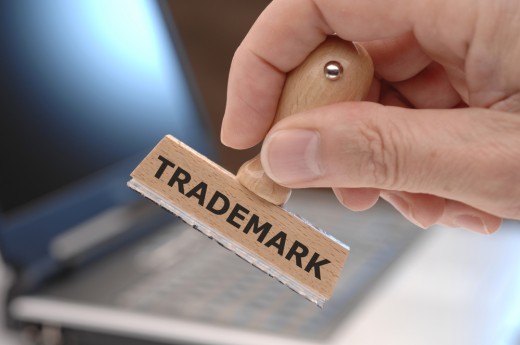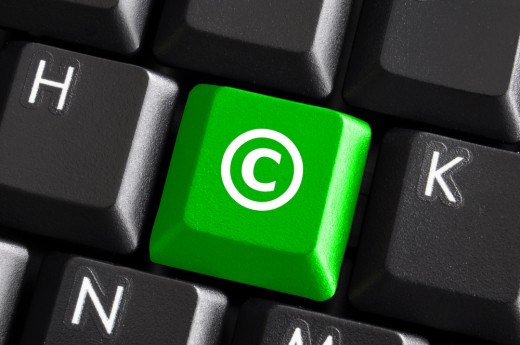
For digital startups, intellectual property is king. A company’s IP can be just as important, and if not more, than the balance sheet and financial results. Given the significance, it’s critical to understand IP protection and timing: when is it too late to seek protection, and can you be too early?
Trademarks, copyrights, and patents
When it comes to intellectual property protection in the U.S., there are three entities: trademark, patent, and copyrights.
- A trademark is a word, phrase, name, symbol, or design that identifies and distinguishes the source of the goods of one party from those of others. Seek a trademark for product names, company names, company logos, and taglines.
- A copyright protects ‘original works of authorships’ and can include literary, dramatic, musical, artistic and other intellectual works. Seek copyright protection for website copy or a marketing video. Even computer code can be registered as a literary work.
- A patent gives an inventor the exclusive rights to manufacture, use, or sell an invention for a certain number of years.

When to apply for a trademark
When you incorporate or form an LLC for your new business in the U.S., this process registers your business name with your state’s secretary of state ⎯ this means the business name is yours, and yours alone, to use within the state. If you’ve started a business that’s physically tied to your state (i.e. a hair salon or restaurant) and have no plans on expanding into other states, registering your name with the state or county might be enough brand protection for you.
However, if you’re planning on conducting business outside your own state (i.e. you sell a product or you provide services and some of your clients may live elsewhere), you should look into trademark protection.
Trademarks registered with the USPTO enjoy significantly stronger protection than “common law” marks (aka unregistered marks). When you register a trademark, it’s exponentially easier for you to recover your properties. For example, if someone happens to using a close variation of your domain name or is using your company name as their Twitter handle.
To register your business name, you’ll need to file an application with the USPTO ⎯ you can file either directly with the USPTO or have an online legal filing service handle it for you. Expect to pay approximately $325 per class in application fees that your mark would fall under and the process can take anywhere from 6-12 months once you submit your application. It’s also smart to perform a comprehensive trademark search before starting the application process to make sure your name is available.
When to apply for a copyright
By law, a copyright exists the moment something is written, photographed, drawn, etc. As soon as you write and publish the copy on your website, you automatically own a copyright for this work ⎯ and are able to use the copyright symbol © and use the terminology “All Rights Reserved.”
If copyright protection exists without registration, why register? Registering a copyright makes it much easier to prove ownership of your work in the event someone copies your website material without permission or infringes on your rights in some other ways.
Copyright registration gives you a public record of ownership ⎯ which enables you to file a copyright infringement case in a U.S. court. Registering a copyright is relatively straightforward and affordable. So if you consider your web copy, or other material, valuable to your business, it makes sense to register the copyright. You can register online through the U.S. Copyright Office or have a legal online filing service handle it for you.

When to apply for a patent
When considering applying for a patent, consider the following questions: is your product or idea original? Is it useful? And is it not obvious to others with basic skills in your field? If you decide to move ahead, the timing of your application boils down to managing two different risks:
- Too late: Once you submit your patent paperwork to the U.S. Patent and Trademark Office, you’ve secured your priority date. If another company starts doing what your patent is about after this date, they’re infringing on your patent. However, if you wait (for example, until your product is ready to go to market) and somebody else starts doing something similar, you will have missed the opportunity to patent the idea and/or product.
- Too early: Believe it or not, it is possible to file for a patent too early on in the process. In some cases, a company can spend thousands in getting a patent, only to discover that their product is not commercially viable or marketable. And in other cases, by the time the product is finally ready for market, it has gone through so many iterations, that it’s no longer completely covered by the original patent and the company needs to apply for a brand new patent or Continuation-In-Part application.
Acquiring a patent can take up to six years and hundreds of hours of work. Expect to pay between $7K-15K in attorney fees. Due to the complexity of the process, most companies turn to an attorney, patent agent, or licensing firm. Ideally your IP pro will understand and specialize in your particular market.
No matter which IP strategy is right for you, it’s best to evaluate your options and plan your strategy early on. If patenting early is best, start searching out a patent attorney in your company’s early days, so you’re not scrambling at the last minute.
filmfoto, Nickolay Khoroshkov, Gunnar Pippel via shutterstock
Get the TNW newsletter
Get the most important tech news in your inbox each week.





